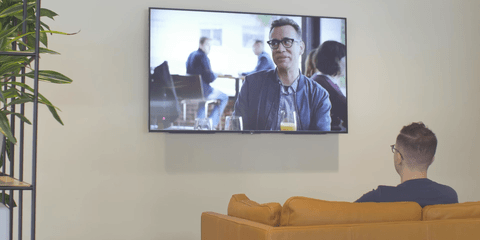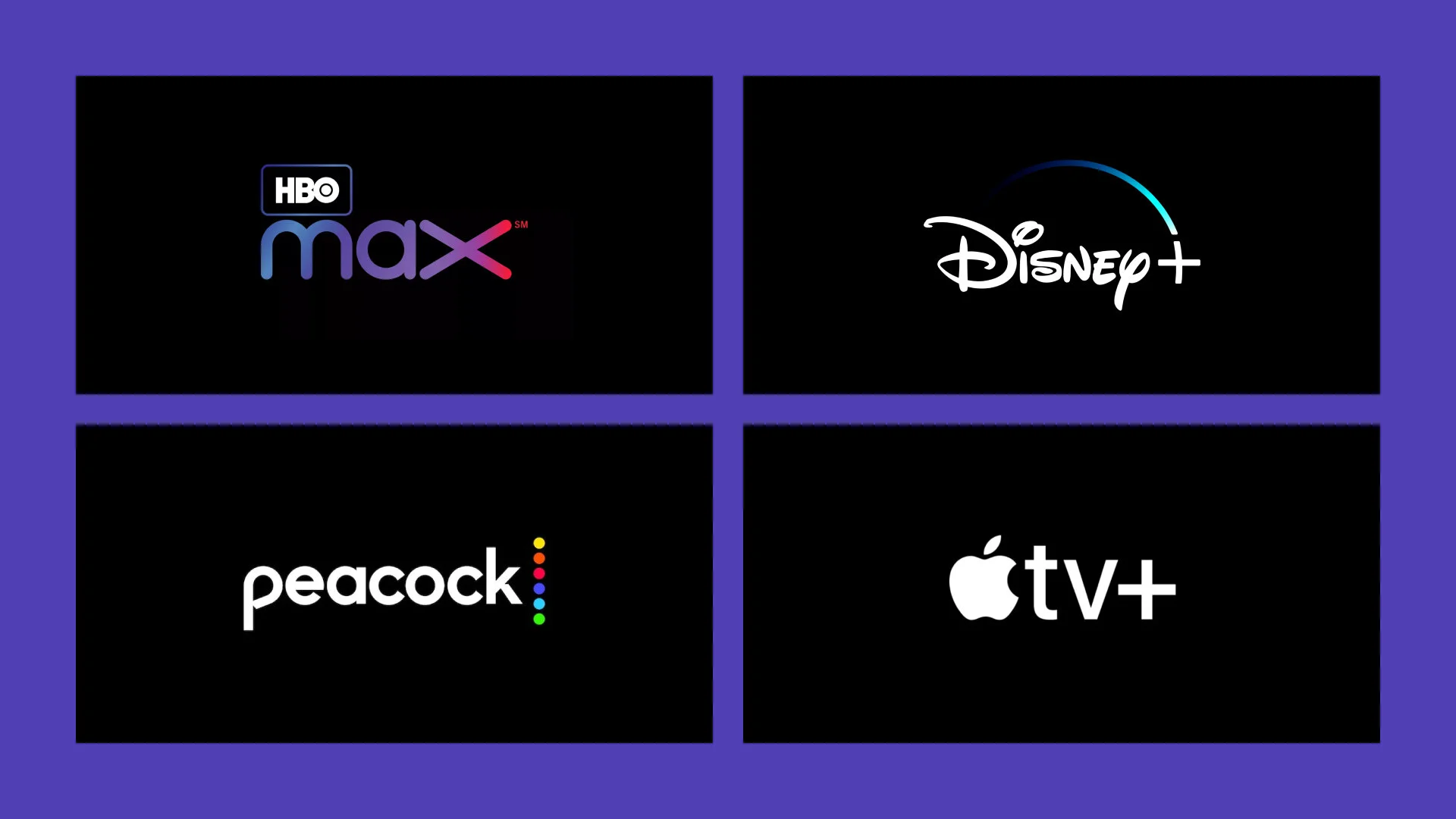
The Future of Television
Context driven television experiences that enhance connections between ourselves, friends, and devices.
Team:
Wendy Greenberg - UX/UI Designer
Andrew Reaume - Motion Designer
Ricki Xie - UX Designer
My Role:
Research / UX / Motion / Prototyping
Timeline:
1 Month Sprint
The Challenge
In the crowded upcoming landscape of streaming platforms, create a unique television experience that builds on the value of watching on a larger screen.
The Outcome
An ecosystem of cross-device apps that augment the unique personal and social contexts in which we watch TV.
INTRODUCTION
While networks are no longer fighting the current in the new era of TV streaming, consumers are lost in a sea of content.
We’re on the precipice of a major change in the television market. By 2022, it’s estimated that 20% of consumers will have cut the cord, while another 15% will have never had cable at all. Now seemingly everyone is looking to get in on the action with its own streaming platform—each with its own exclusive content. Consumers are becoming increasingly overwhelmed, leading to a decline in subscribership for video on-demand services.
How can content providers differentiate themselves when good content is everywhere?
Newcomers include WarnerMedia with HBO Max, NBCUniversal with Peacock, Apple with Apple+, and of course the juggernaut that is Disney+.
Looking towards the future
With a major telecom company considering whether to create a tv streaming platform of their own, we set out to understand how they could uniquely position themselves in a crowded market.
Our exploration lead to a vision for television that builds on the existing personal and social values of watching TV from the couch. Through cross-device interactivity, viewers can have a more personalized and engaging experience that better meets them where they’re at.

01: THE PERSONAL VIEWING CONTEXT
Shoppable content that respects our personal context.
The value of watching on a TV set is immersion, but old conventions like commercial breaks are still persistent. The result pushes people out as they attempt to avoid being disrupted by ads or distracted by a checkout flow in the middle of their show.
TV is best used as a discovery opportunity for consumers that supports them to shop in a context that makes sense. Perfect for the immersive viewing context of watching from the couch, shoppable content presents platforms a way to provide a more seamless connection between content and shoppable moments.
Rather than forcing action when unwanted—this new approach to product placement both respects the context viewers are in, while giving video platforms another source of revenue and partnership. Along with the obvious advertising opportunities for brands, video platforms can provide analytics on which placements are successful.

02: THE COMMUNAL VIEWING CONTEXT
Realtime social streaming that supports smaller social circles.
Services like Twitch, Tik Tok, and YouTube have trained an entire generation that watching videos is an active experience. Viewers expect to be able to see comments and reactions from others and respond in kind. Yet there is also something undeniable about gathering around a TV with a close group of friends.
Consider watching a reality TV show with your friends. Most viewers are already texting each other, making predictions on which contestant will get picked, and sending gifs and memes to spark further conversation. With the ubiquity of current tech, there’s a new opportunity to augment social viewing through thoughtful integration with existing behaviors.
And utilize machine learning to serve up suggested gifs, letting viewers say more without missing the moment.
Video platforms can collect sentiment data from live event reactions to understand where users were engaged and where events missed the mark. For platforms, partnerships with existing brands can provide new revenue streams.

CONCLUSION
Where do we go grom here?
We’re in a golden age of TV content. There’s never before been a time where consumers have so many choices at their disposal. How shows are delivered is rapidly changing in both format and technology. The companies that take advantage of multi-platform formats will stay ahead of competition and differentiate themselves in the market.

Process/Research
Key to the success of a sprint was using prototyping to design and research in context. Some market research provided a few assumptions to guide our exploration:
The couch context matters.
TV sets aren’t going anywhere, there’s a reason why we still keep them around. For longform content it’s still the preferred way to watch. But why? In an age where any device can be a TV, how might we build on value of the couch context without complicating the experience?
Whether you like it or not, watching TV is a multi-device experience.
Even with wider access to apps on TV, the experience for viewers from device-to-device isn’t all that different. Yet when watching from the couch, many of us are still on our phones. With smart TVs overtaking traditional TV sets and this continued use of mobile during viewing, there’s a new opportunity to reexamine the “second screen” experience. How might we give it purpose, rather than added distraction?
Knowing the importance to keep these things in mind across ideation, research, and design—we built a prototyping environment to stay in the couch mindset and bring it to the field.
The couch context provides personal immersion
When watching in a personal context, the watching experience is often at odds with desired value for viewers when watching alone. Bringing prototypes into the living room during research showed just how sensitive people were to disruptions during viewing.
The couch context provides social connection.
In a social context, close networks of friends already rally around the shared viewing experience. Early discussions showed many already had preferred messaging platforms, so we knew we needed to understand the right “goldilocks” level of information to show on the TV screen.




